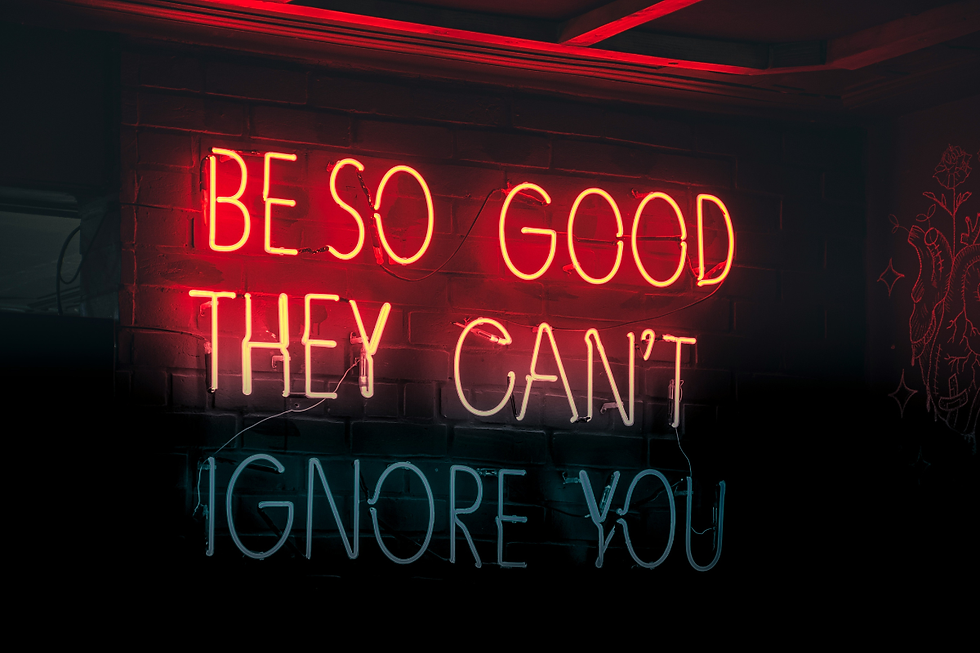Transparency and simplicity: a retail round up.
- Juanita Neville-Te Rito

- Sep 25, 2014
- 3 min read

Recently I have been surprised and delighted to see the return of round number pricing in retail. The more common practice is to price just below a round number, for example $8.99 instead of $9 or $99.99 instead of $100. This tactic was developed in the belief that it would produce higher demand from shoppers who perceive the cost to be lower if not rounded up. Psychologists traditionally indicated that customers are less likely to question product value if the price isn’t rounded and that shoppers think that a precise number is a result of careful calculation by the retailer.
Kmart, The Warehouse and more recently Countdown have been seen sporting the trend of a round number. This is a strong proposition which I think benefits the value perception of retailers.
Firstly, a nice round price is easier to communicate. It allows you to demonstrate a strong price point whether in a mailer or on in-store ticketing.
In the Countdown mailer the $1, 2, 3 or even $10 price point represents a stronger price proposition that the ‘3 for $4.98. A cleaner and clearer message would have been ‘3 for $5’.

In-store ticketing is louder, prouder and stronger when you lose the cents. Just take a look at The Warehouse examples. This communication would lose impact if it was watered down to $4.99 or $7.99.

Examples of mailer impact, the first mailer shows specific pricing (to the cent) and the second mailer shows rounded / whole price points.
Shoppers are savvy and not duped by .99 and .95 pricing. With increasingly message-laden and hectic lives, anything that cuts through the communication clutter with a strong promotional proposition will make navigating shopping decisions easier.
A Countdown recently opened in St Johns, Auckland (my new local) and is offering fabulous daily deals, all at rounded special pricing. I am conscious the local Pak n Save is trying to remain competitive against this threat but when they advertised oranges for 99 cents per kg I surprised myself by believing in Countdown’s price points of $1 was cheaper (alongside other products for $2 and $5). The prices were easier to absorb and the road side advertising packed a powerful punch.
Transparent pricing is common sense in an era when the shopper holds the power; where the internet and social media mean there is no place to hide. And why would you want to unless you have something to hide?
At a recent conference some smart retailers talked about their move into online retailing. They previously had set up a transactional website but were ill-prepared to deliver the experience to the same high level they achieved in bricks and mortar. So they stopped online trading until they could get their house in order and exceed shopper expectations. No they were ready to jump back into the cyber arena. When one franchisee raised a concern about that by being online their competitors could see their pricing I was baffled. Anyone can walk off the street and see prices but moreover in an era where the first step in 49%* of retail shopping paths start online, predominantly with a google search, don’t you simply have to be on the shopping list?
Another tool on the path to transparency is free in-store wifi, which The Warehouse has adopted throughout their store network. Not only do you enable a cost effective way to engage with shoppers (ever noticed that tick box where you agree to the retailer communicating with you via your email?), but you also send the message that you are confident with your offer. Wifi enables shoppers to drill down on product features and benefits and pull into play other decision-making attributes such as customer ratings. This assists quicker, clearer purchase decisions and seamlessly facilitates a path to purchase.
Simplicity is a very effective tool more retailers should adopt. There, simple.




Comments